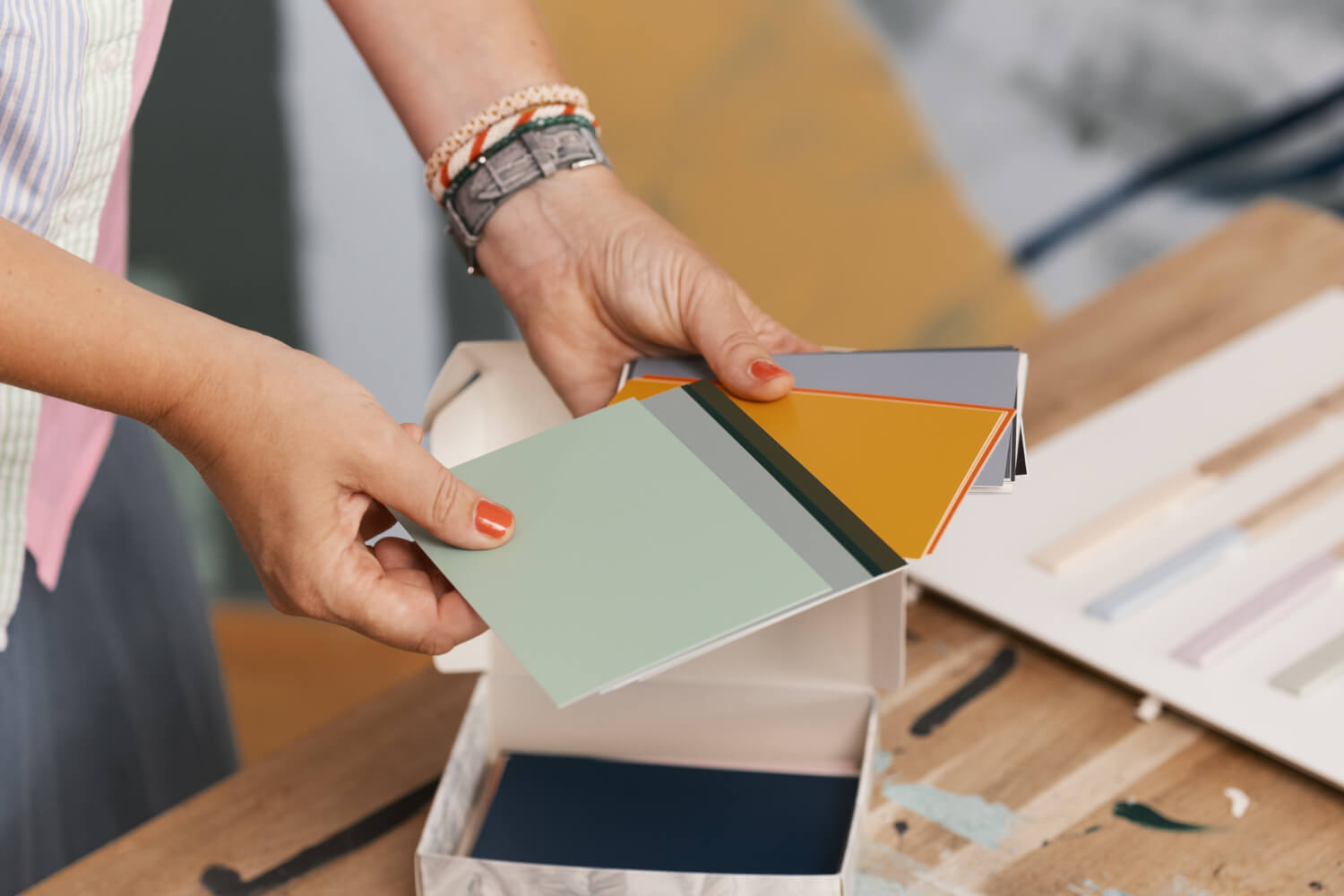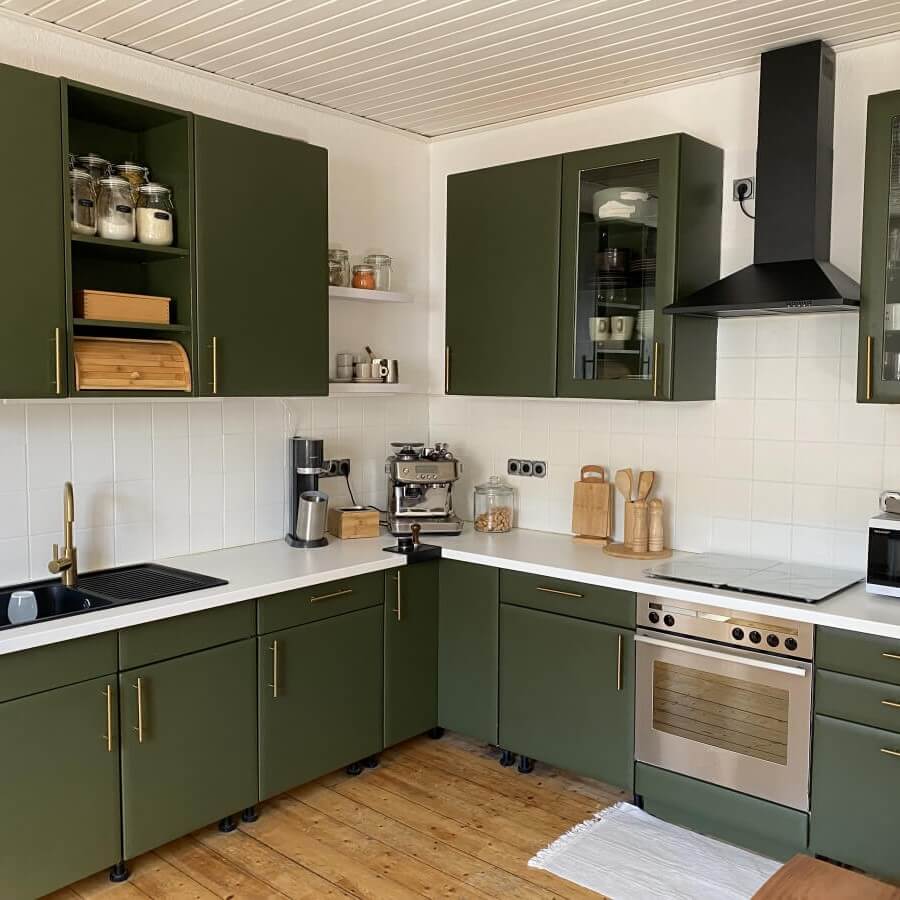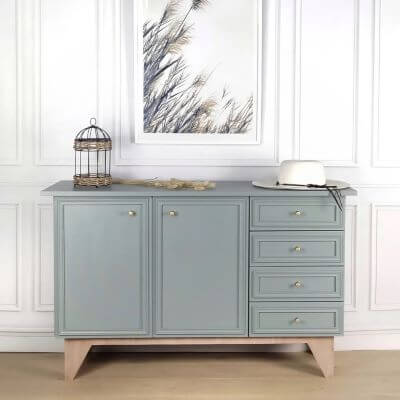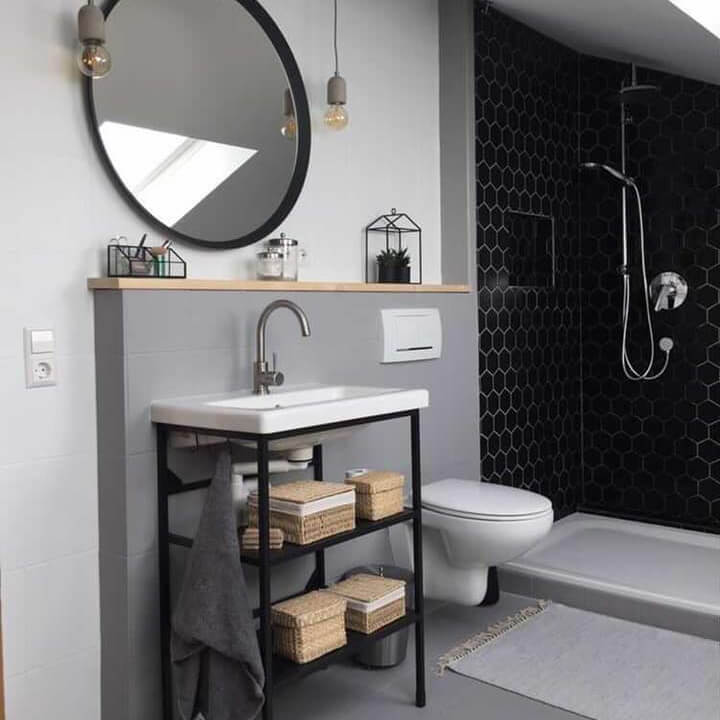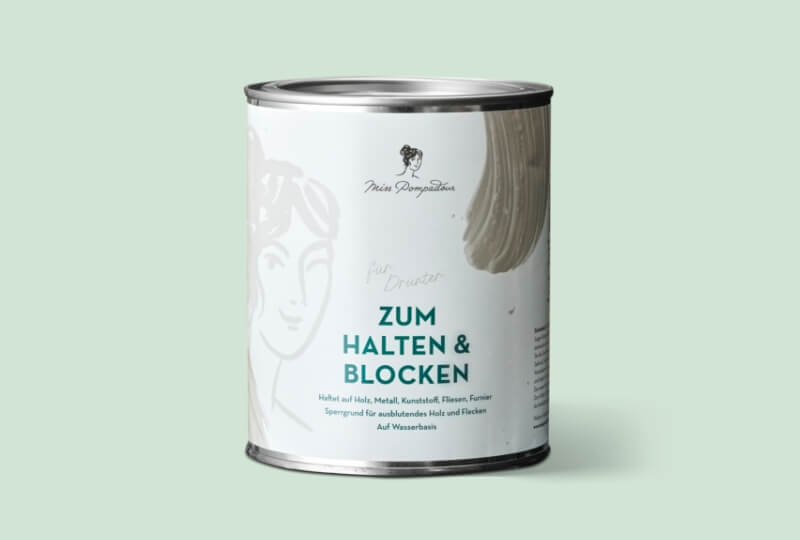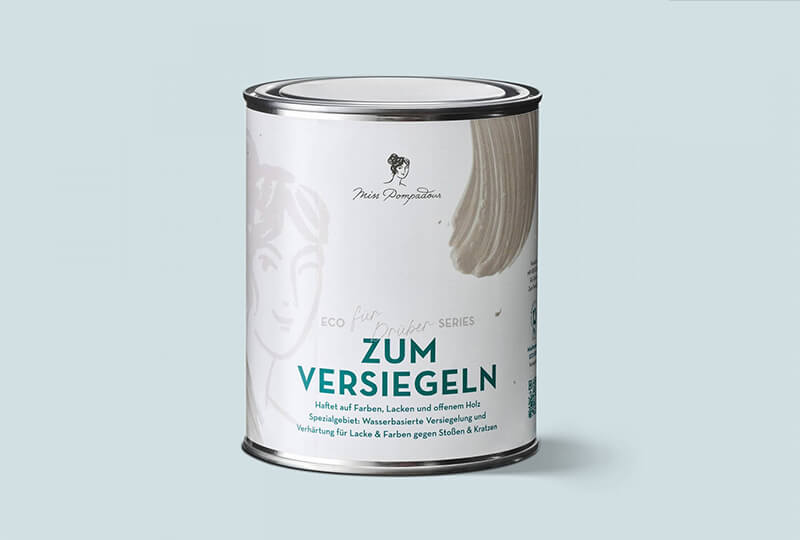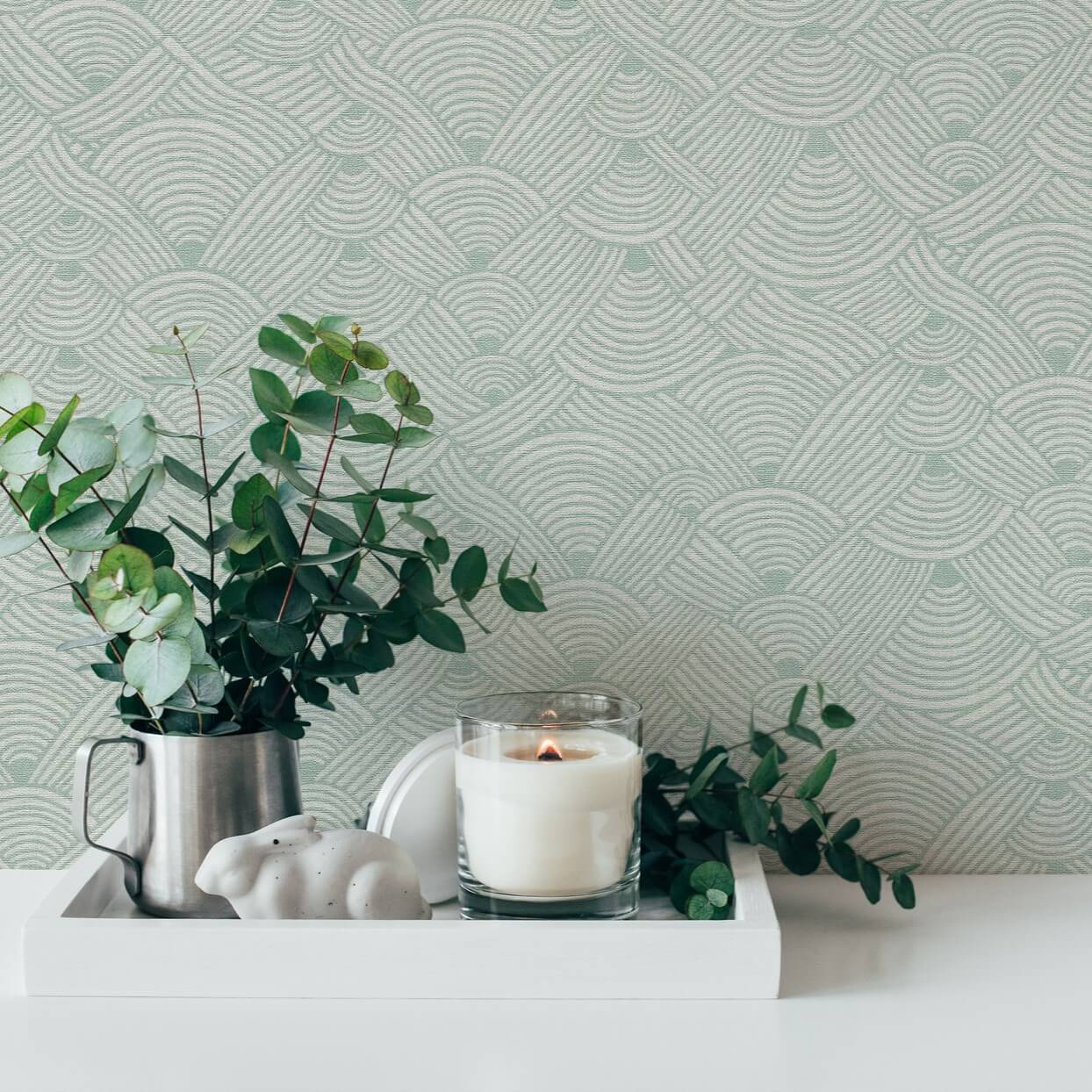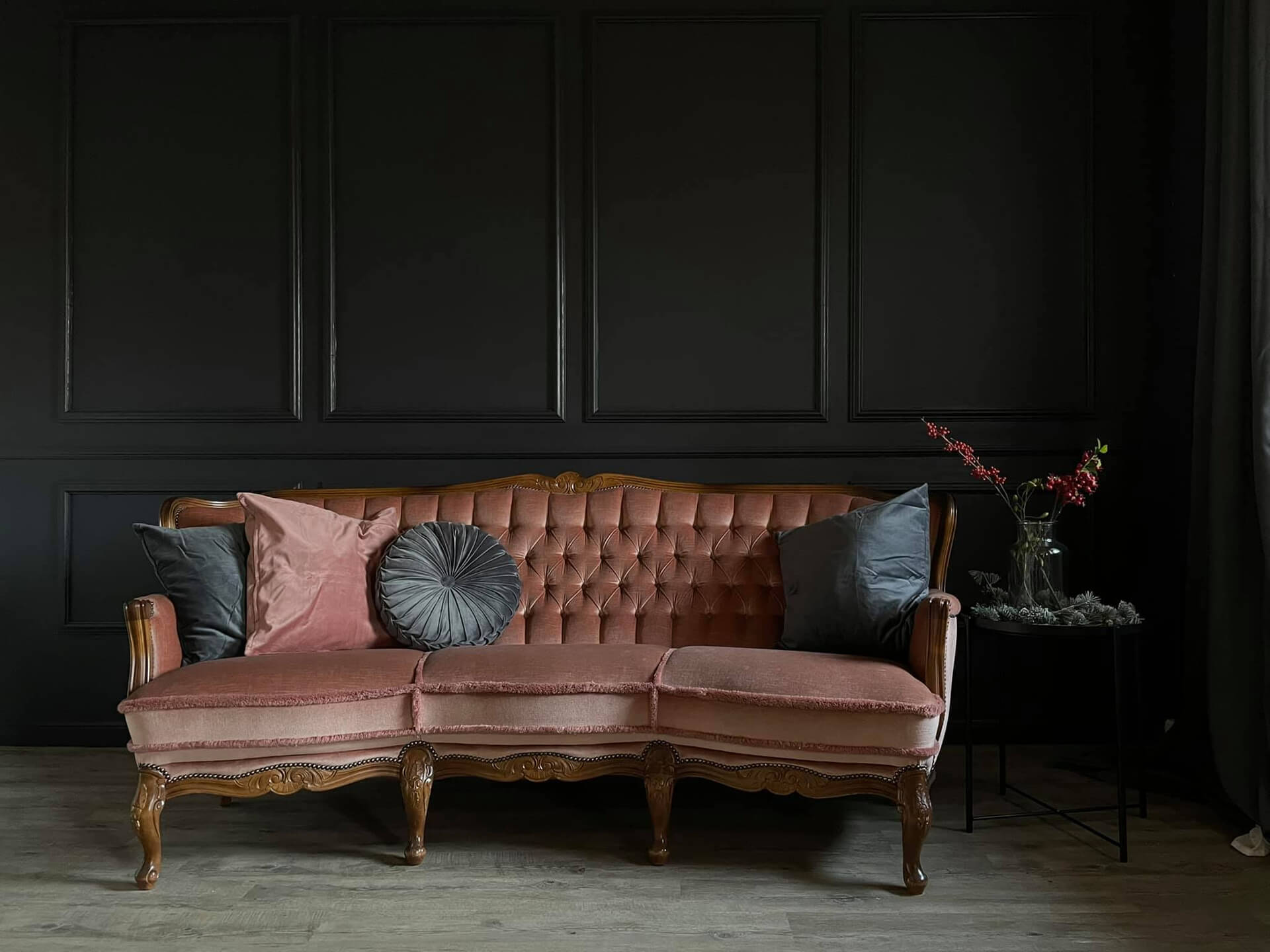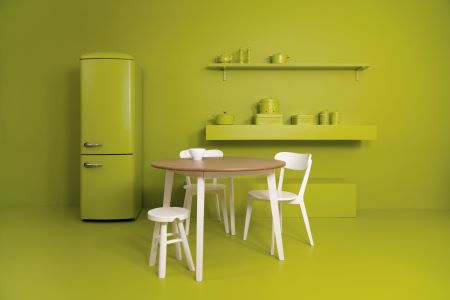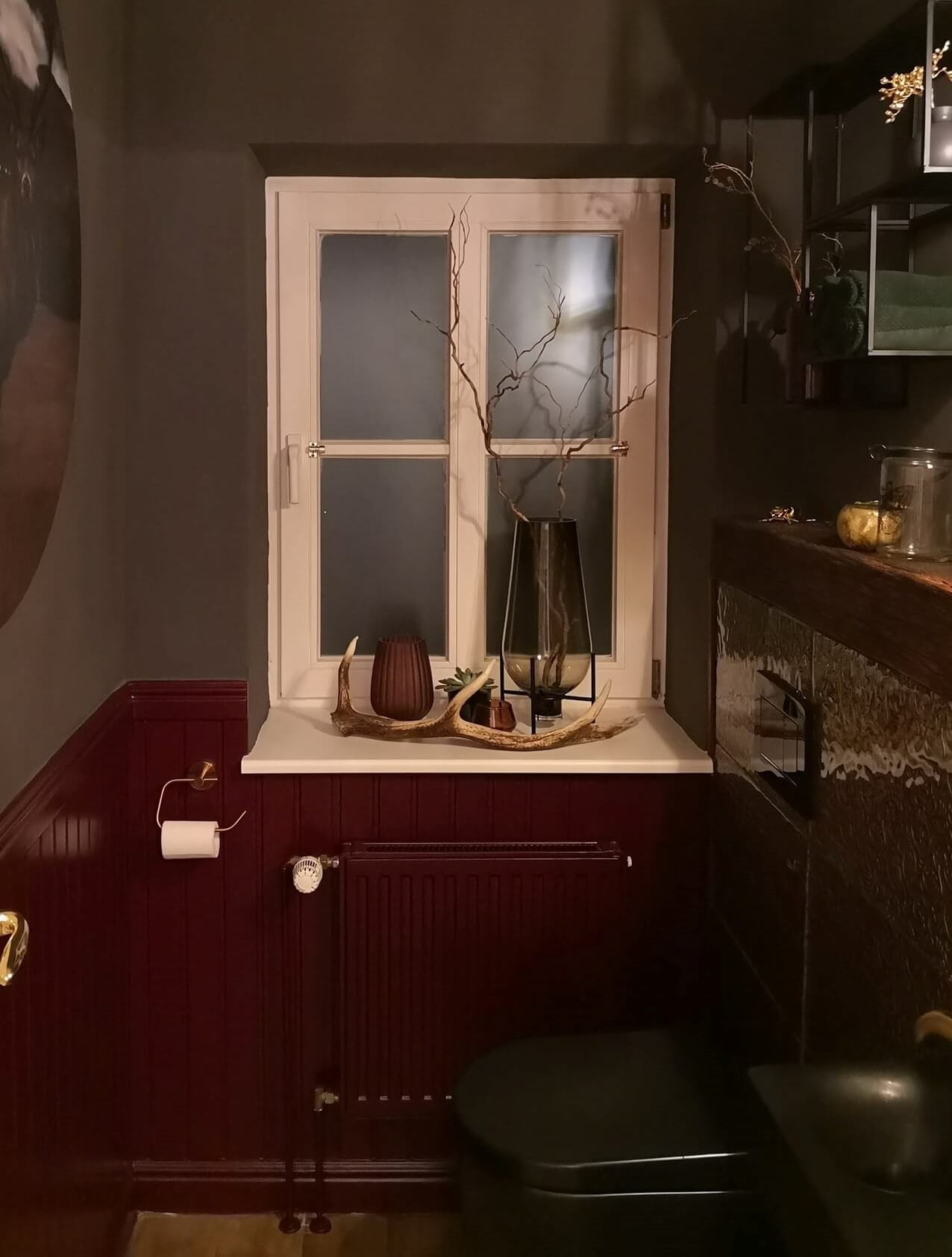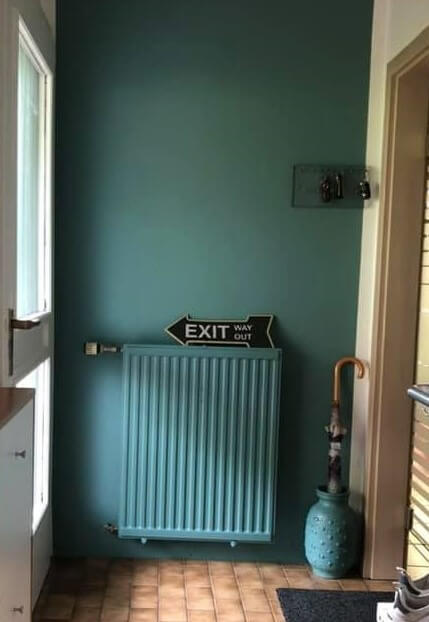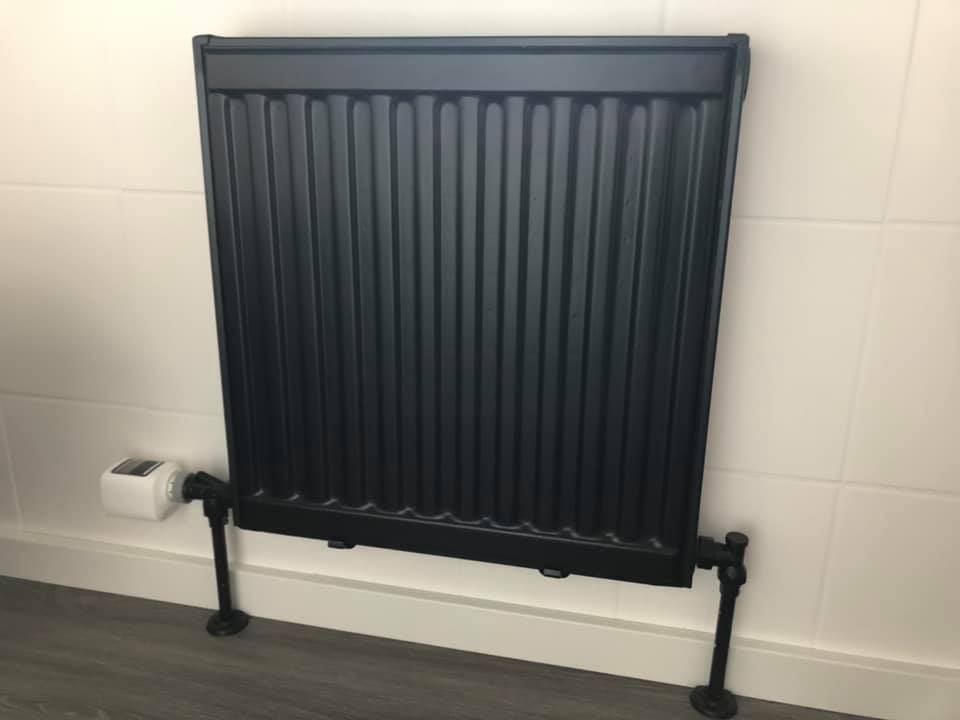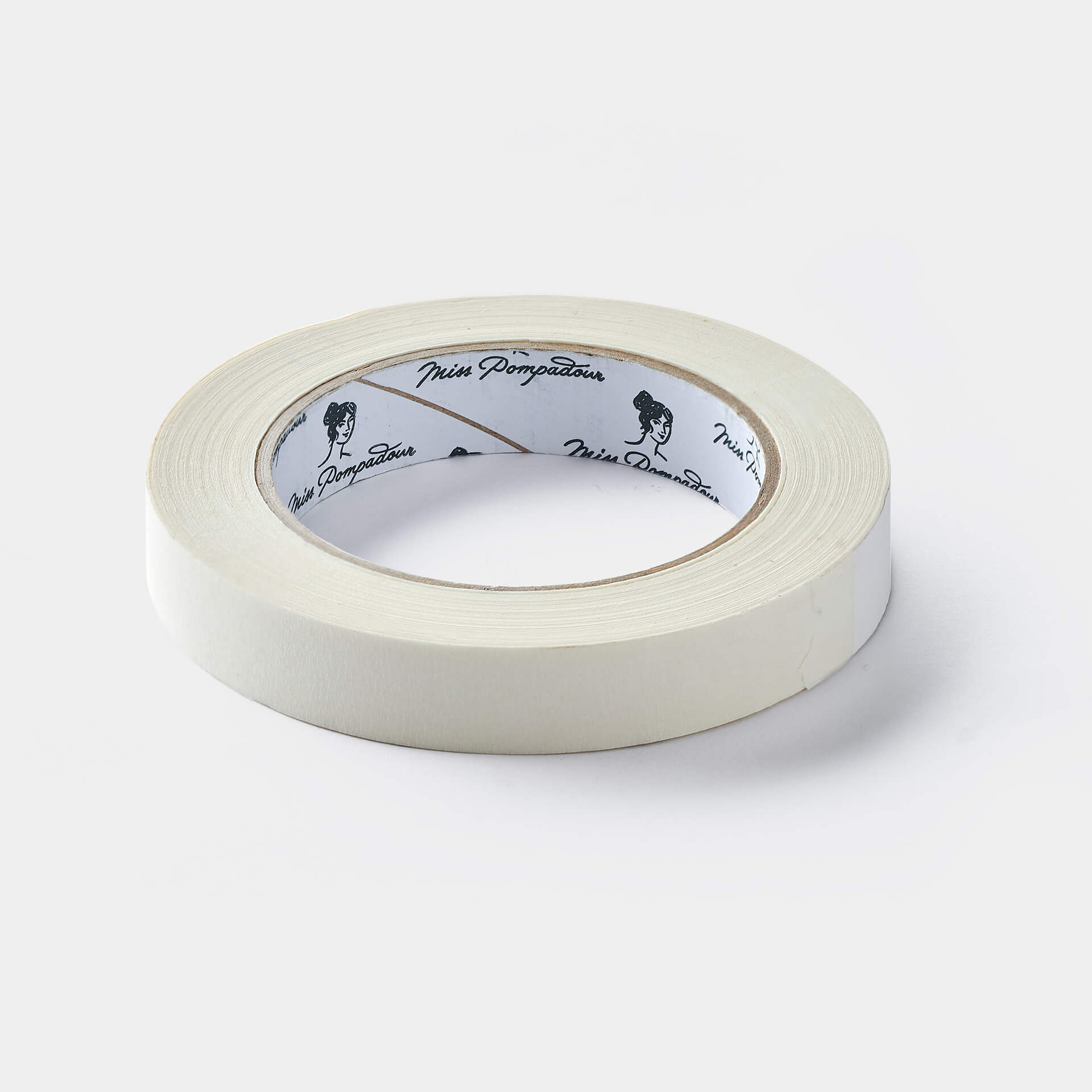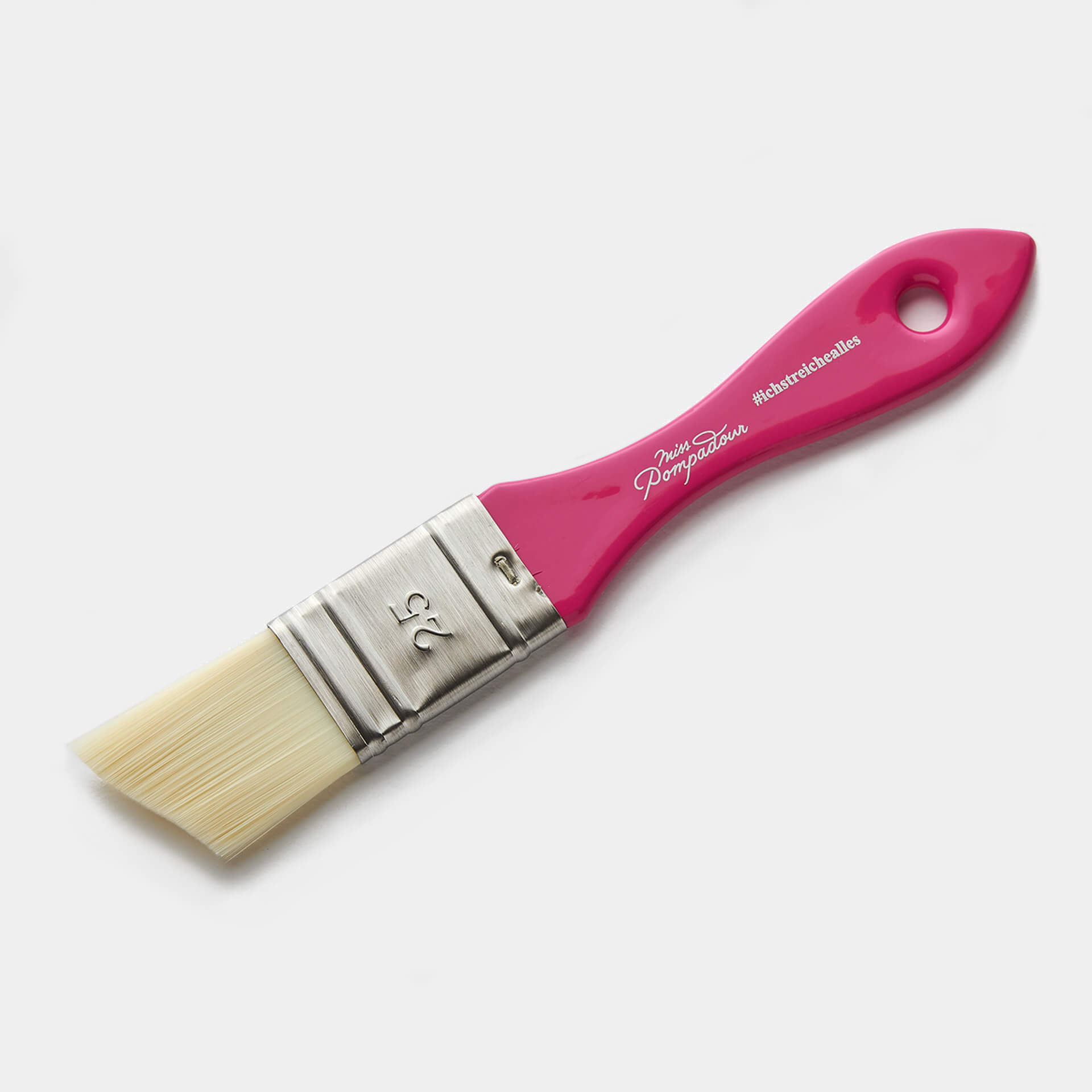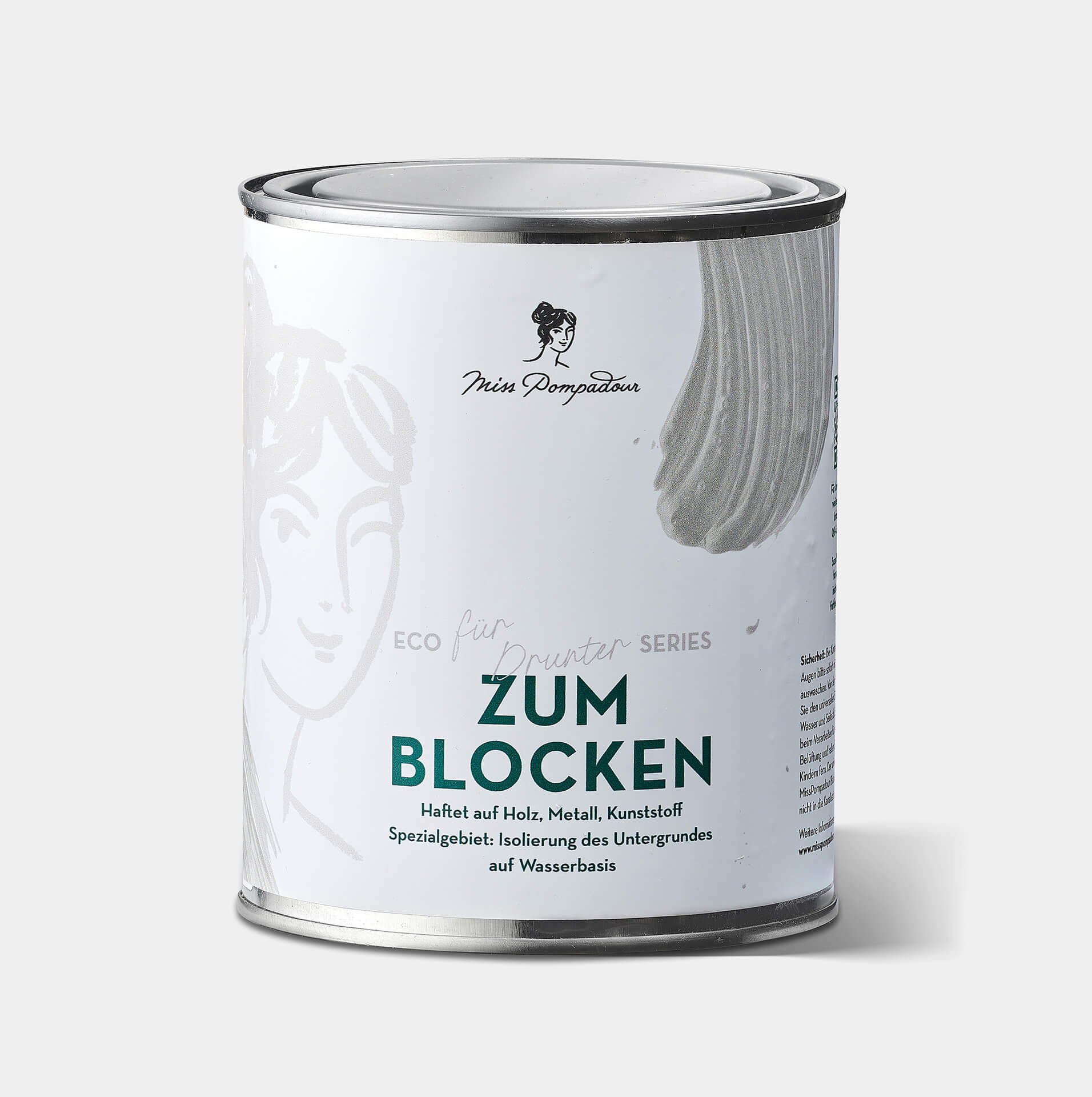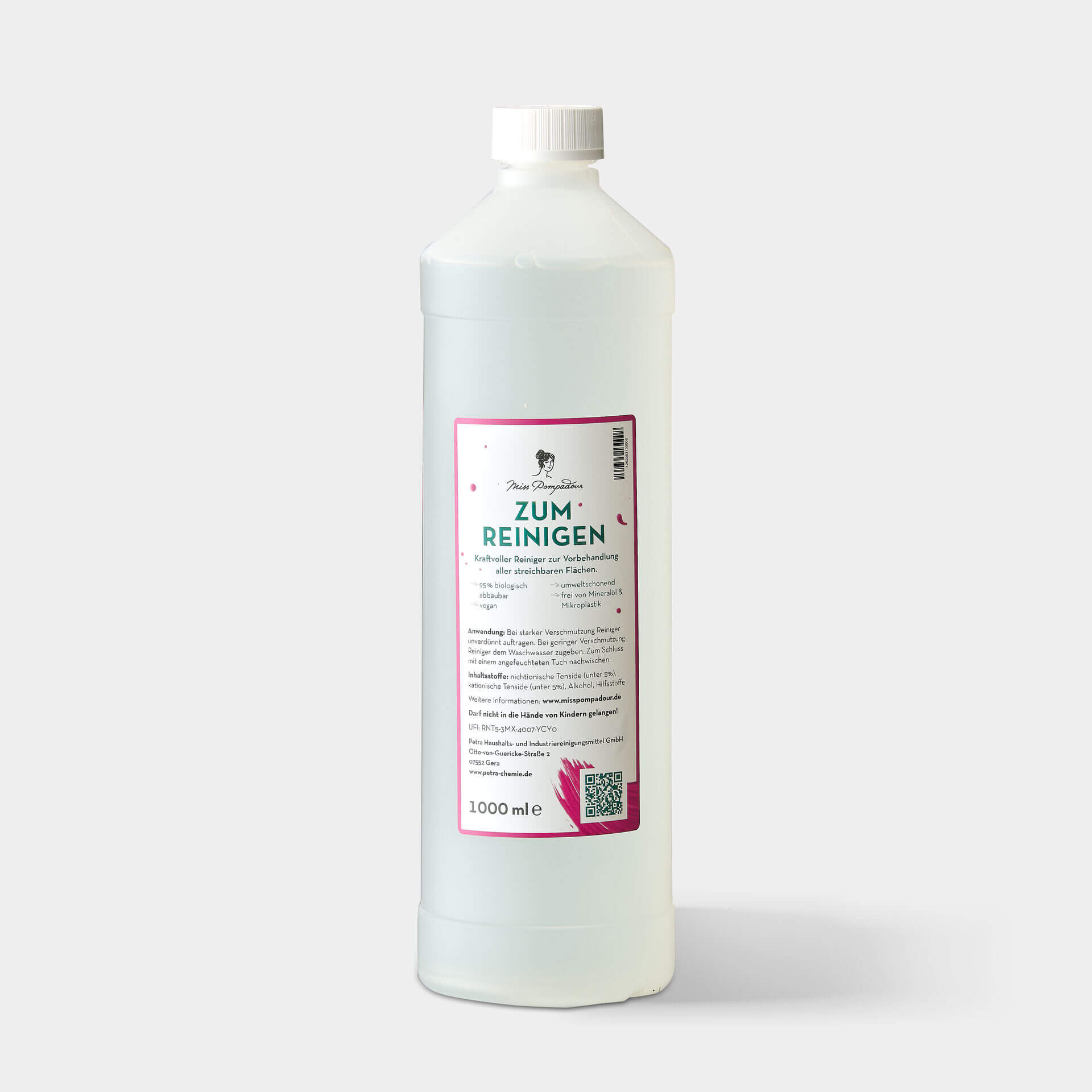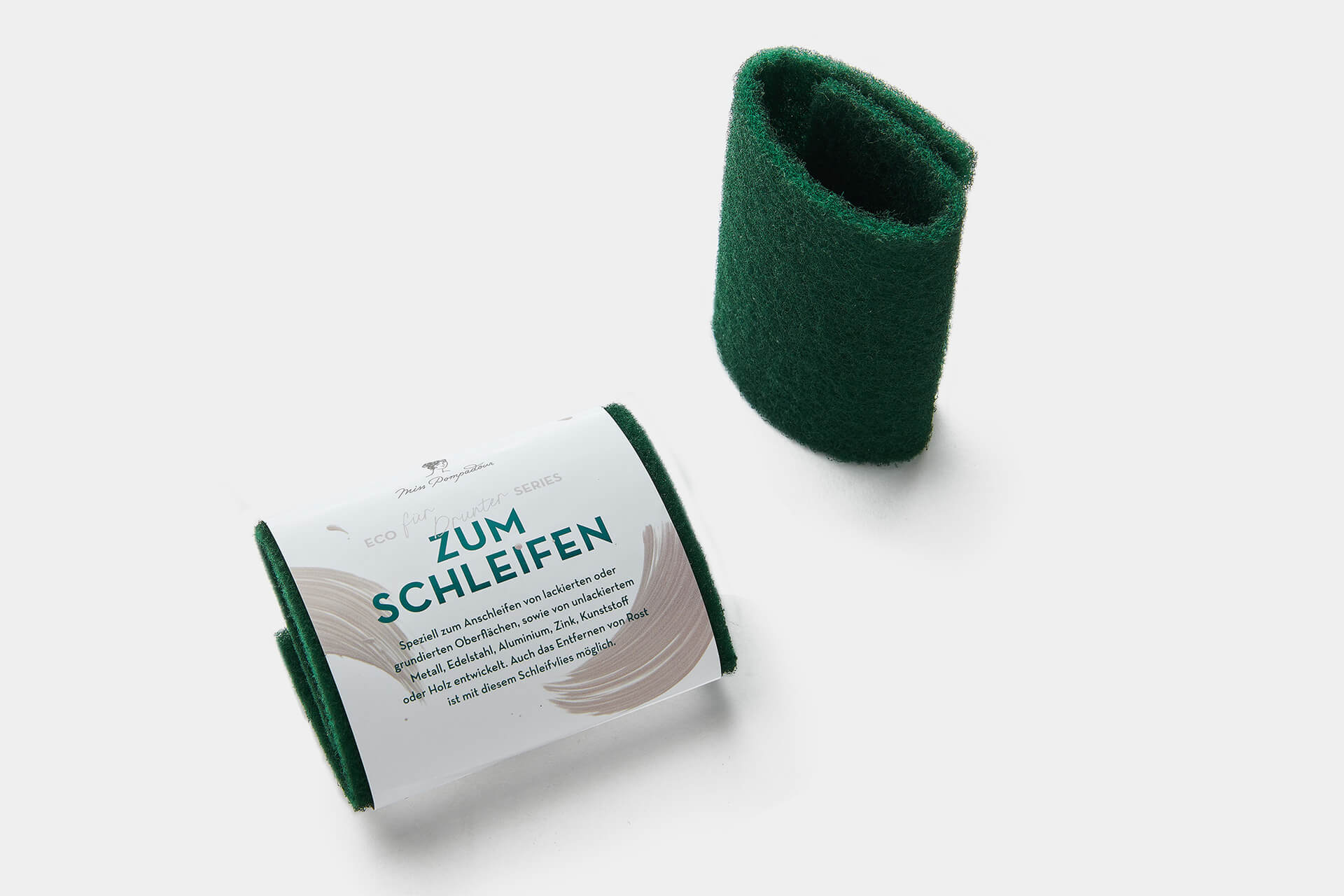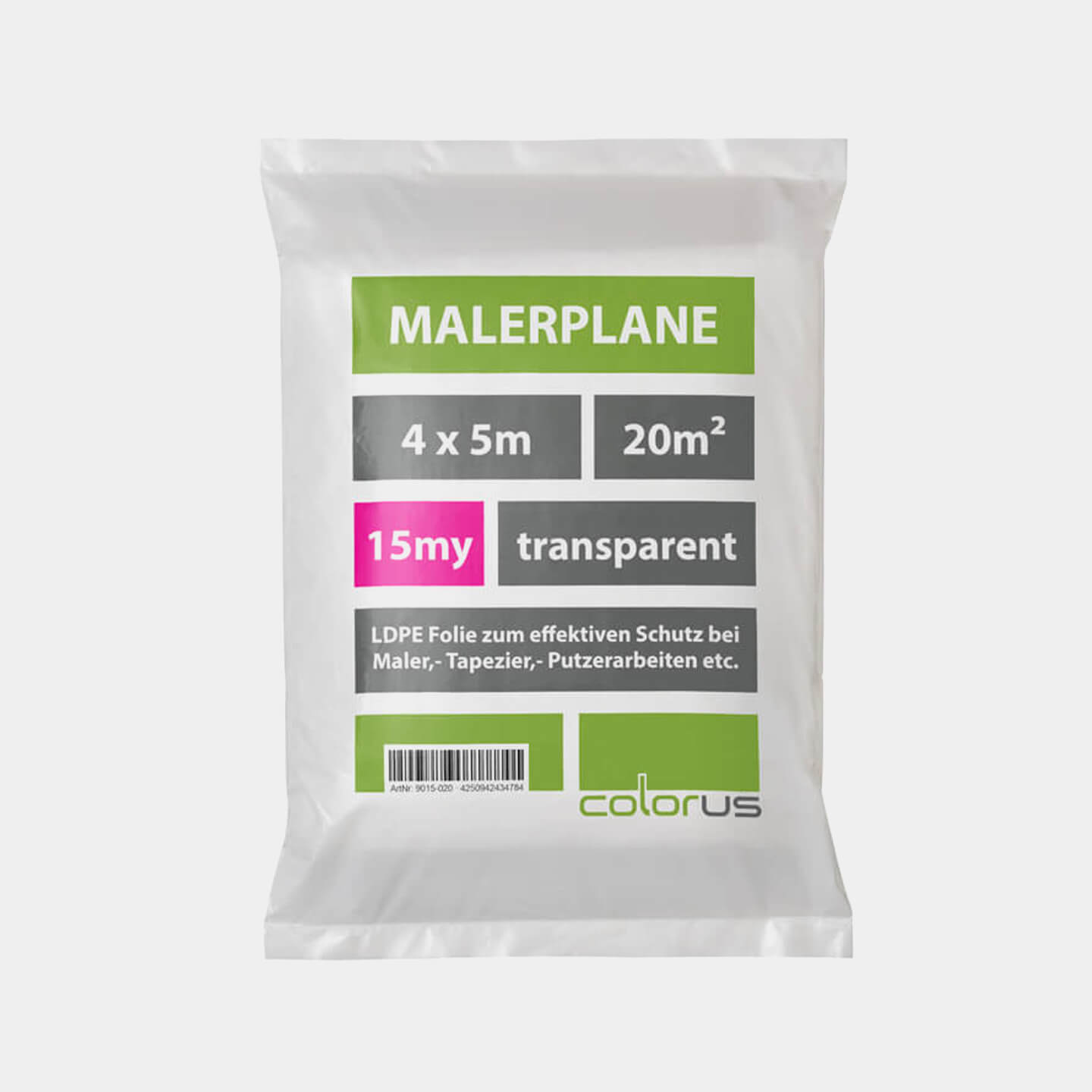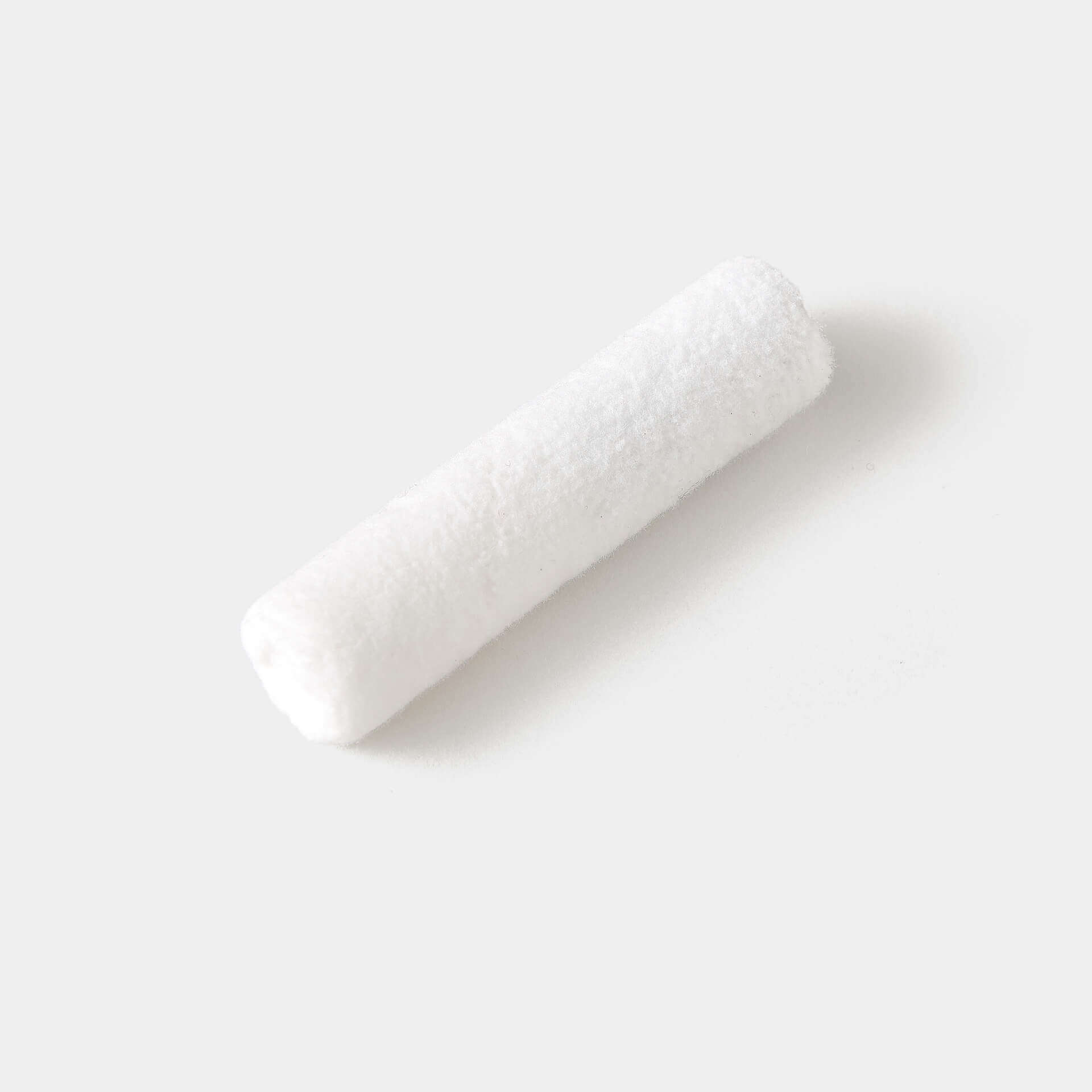Painting Radiators: DIY-Tutorial & Pro-Tips
In Painting - How-To · 5 min reading time
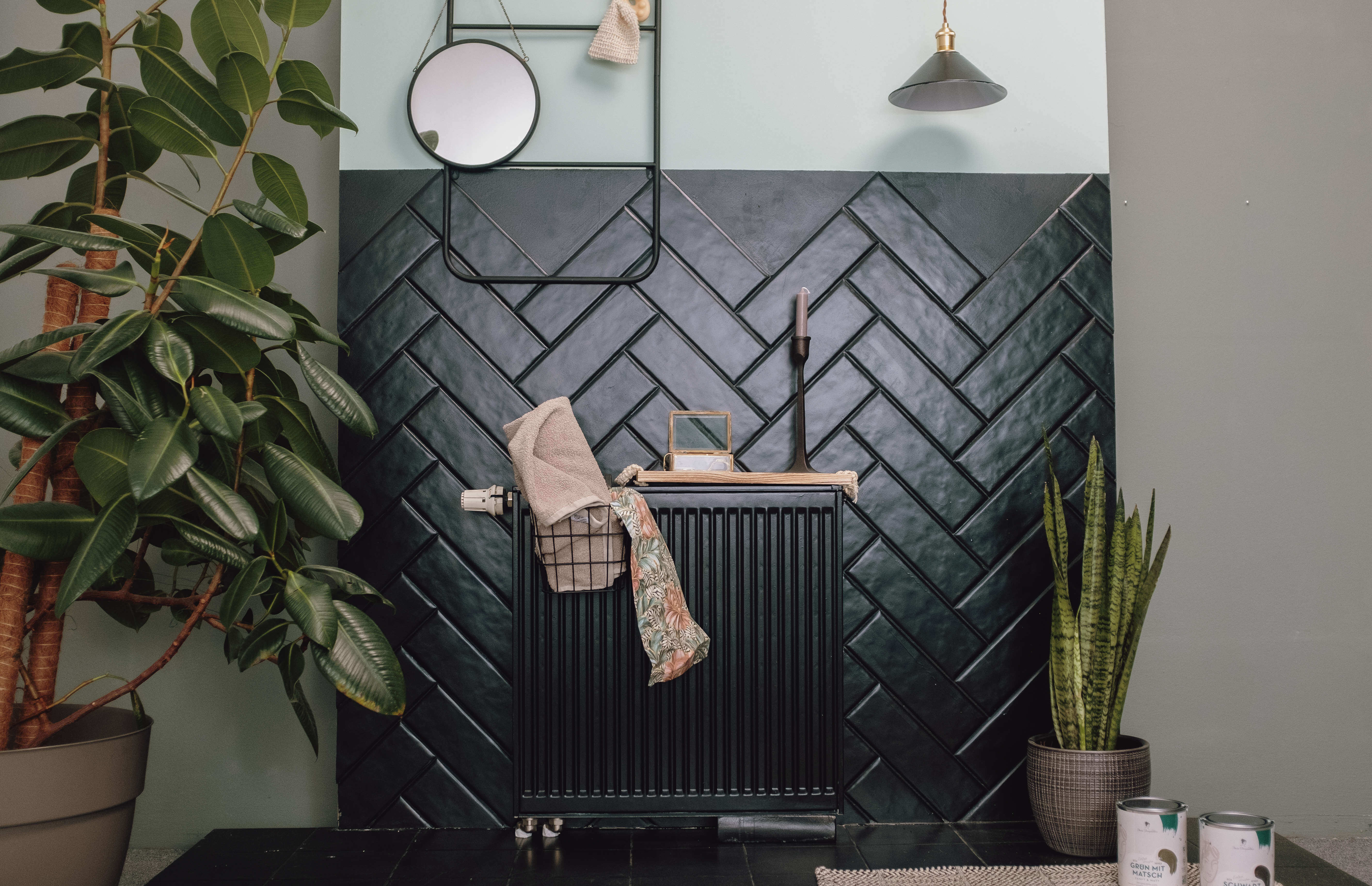
Radiators provide warmth and are also part of your furnishings. With a new coat of paint, you can integrate the radiator perfectly into your living environment or make it an attractive eye-catcher. Find out how easy it is to paint your radiator.
Table of contents
1. Before/after photos of heaters from our community
2. Preparation: How to choose the right colour for your radiator
3. Painting radiators professionally: Instructions by MissPompadour (incl. video tutorial)
4. FAQ: Frequently asked questions about painting radiators
5. Material and accessories for painting
Before/After photos of heaters from our community
Depending on your mood, but of course also on the location, you can make your radiator "disappear", i.e. integrate it colourfully into the rest of the furnishings or make it an eye-catcher in your home. Our MissPompadour painting community has already collected some inspiration for you:
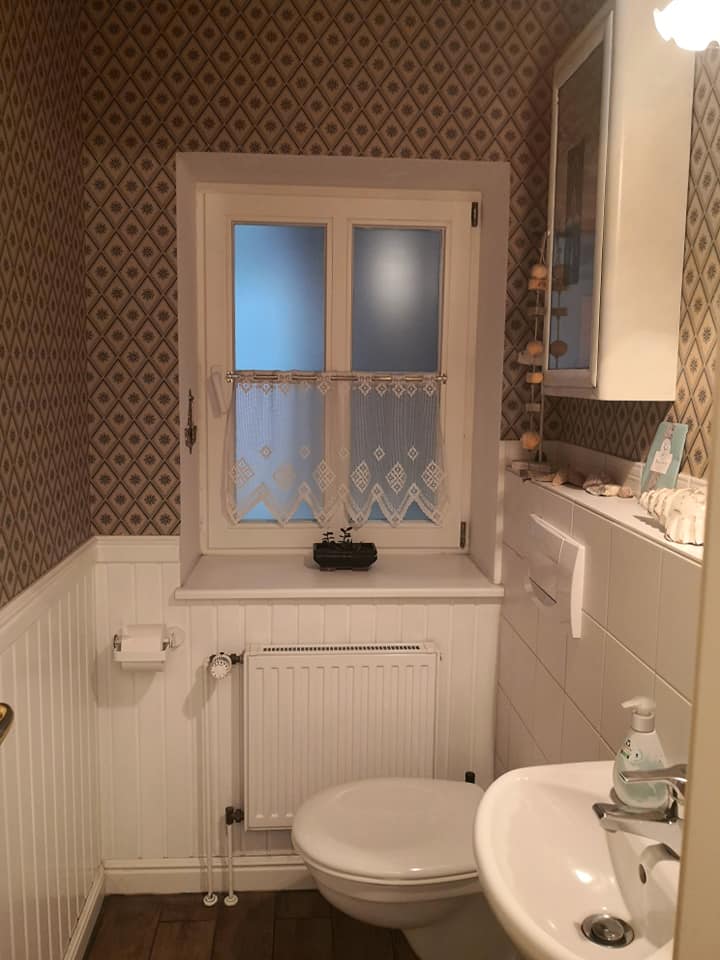
Before
- The owners missed their own style here and wanted to be daring.
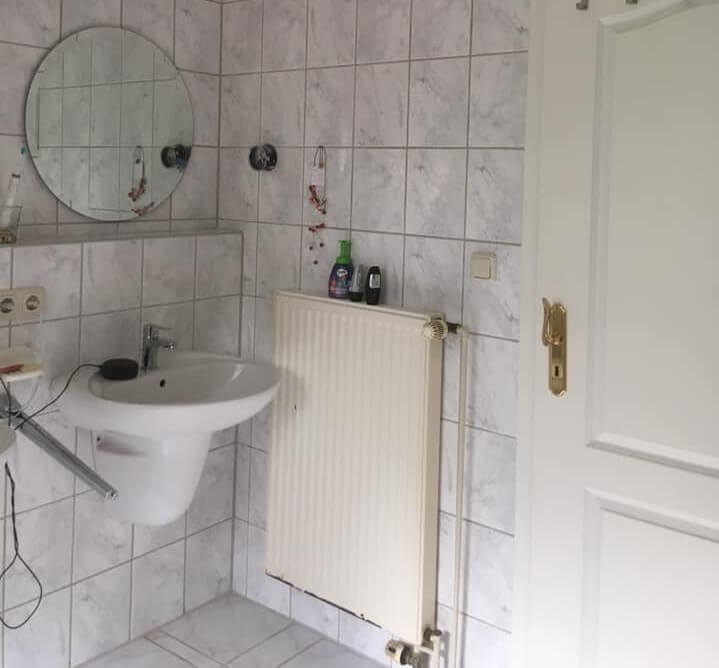
Before
- Here was the time for creativity!

After
- The painting in matt black emphasises the radiator and makes it look noble.
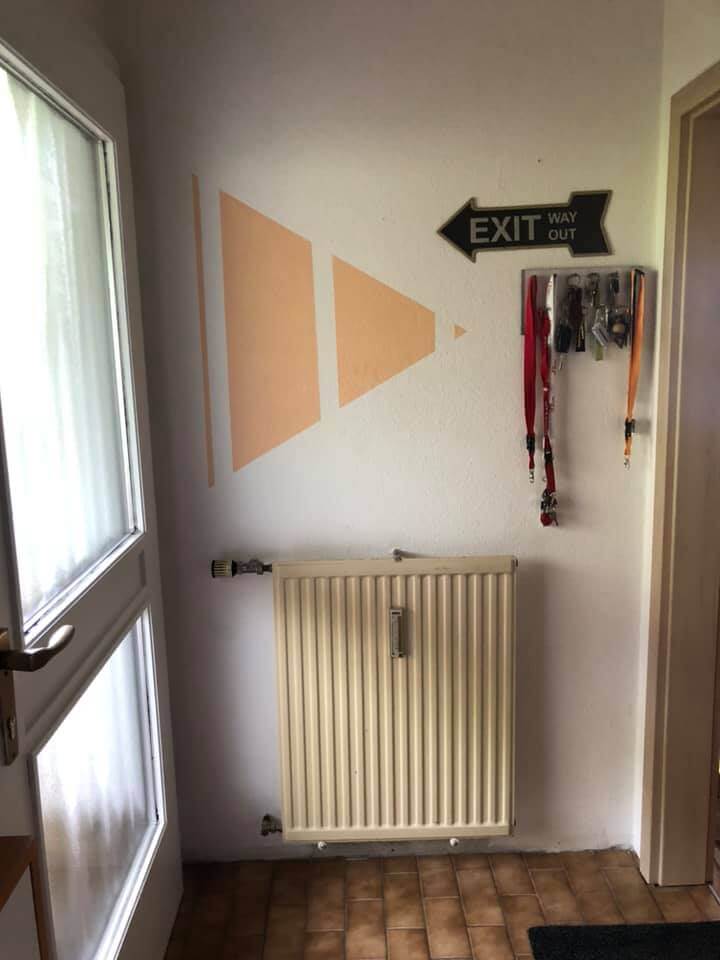
Before
- Somewhat yellowed, the old heater was not exactly an eye-catcher.
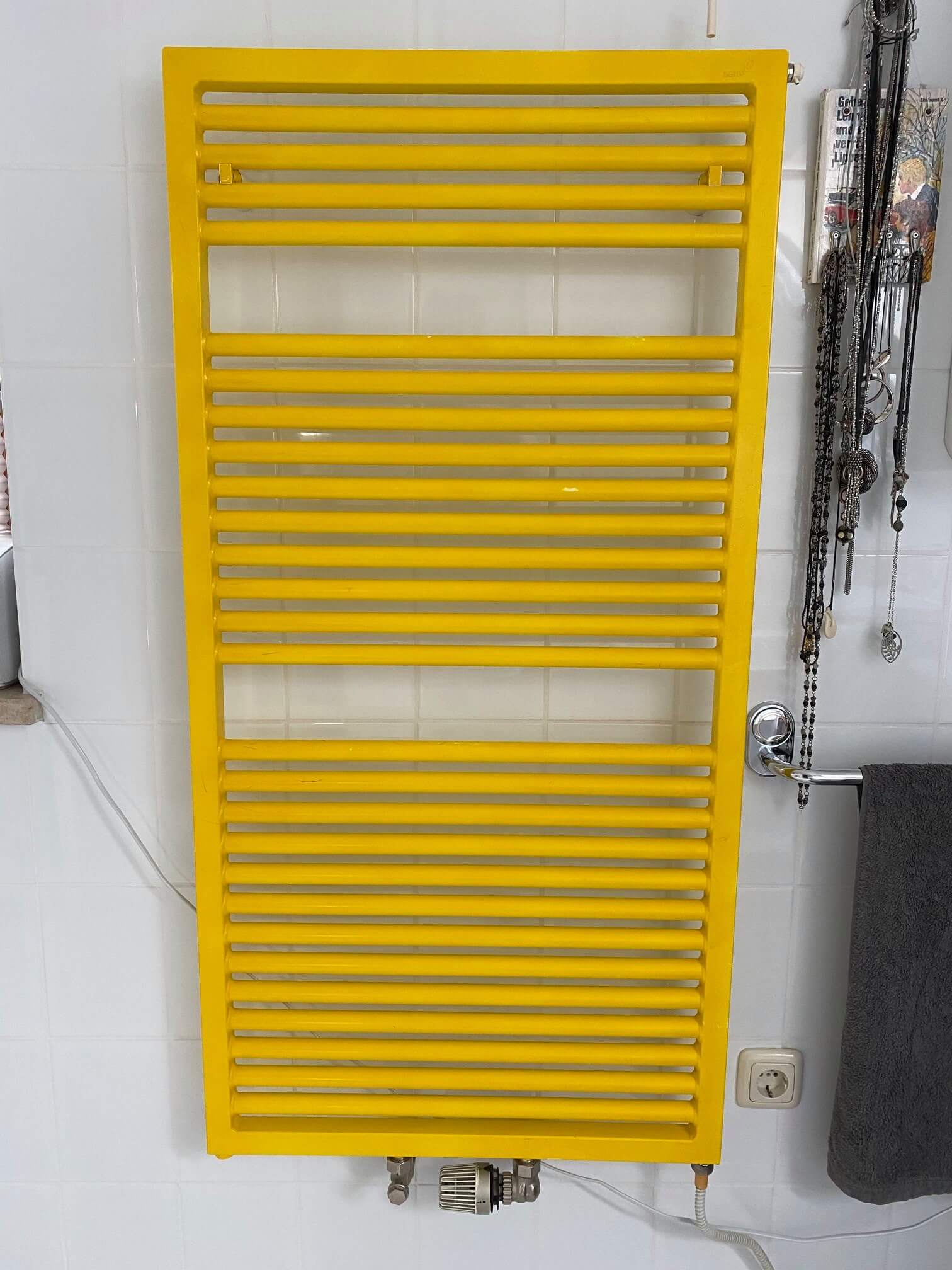
Before
- The gaudy colour was not to our customers' taste.
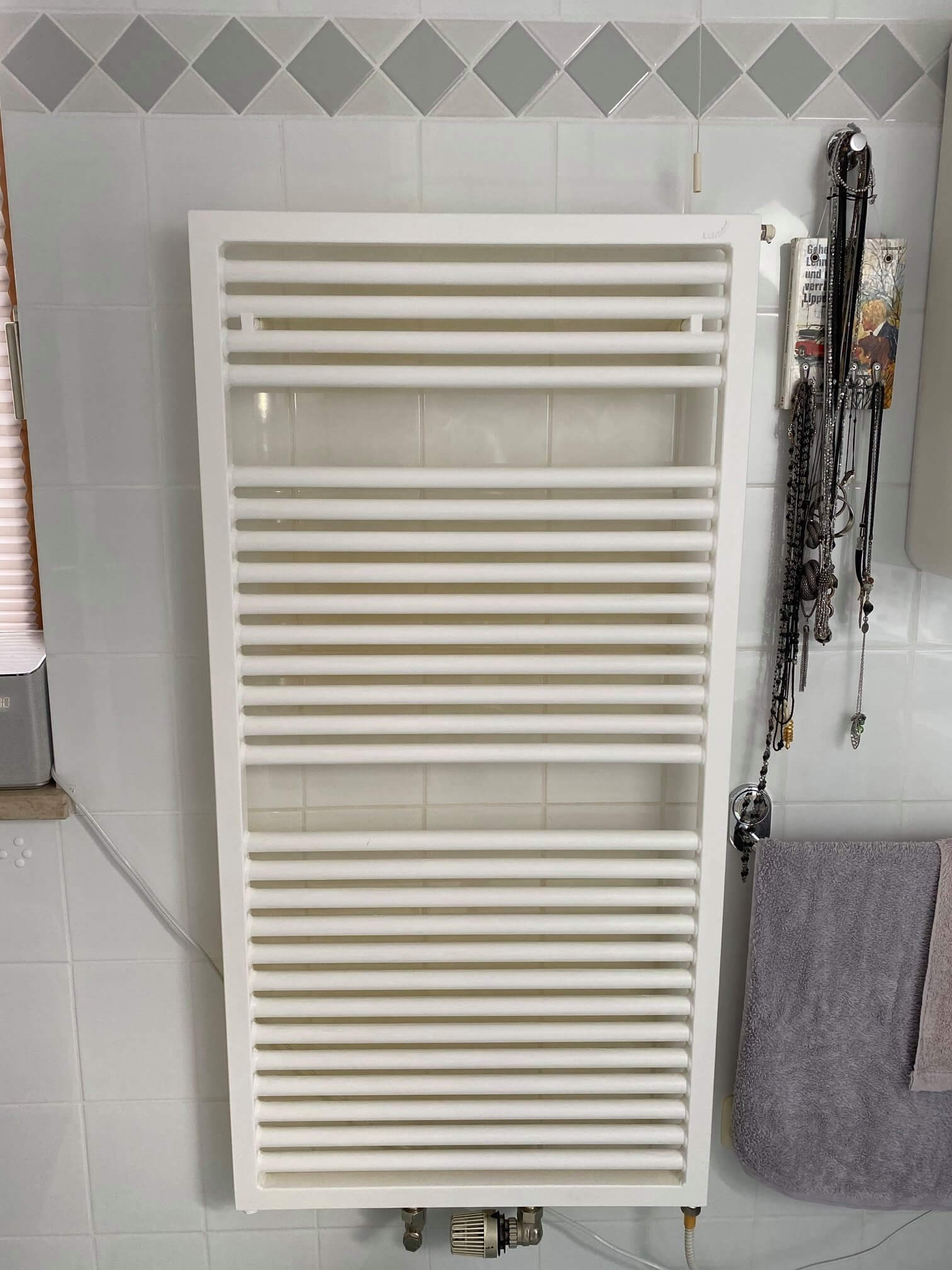
After
- Now the radiator fits much better into the overall concept.
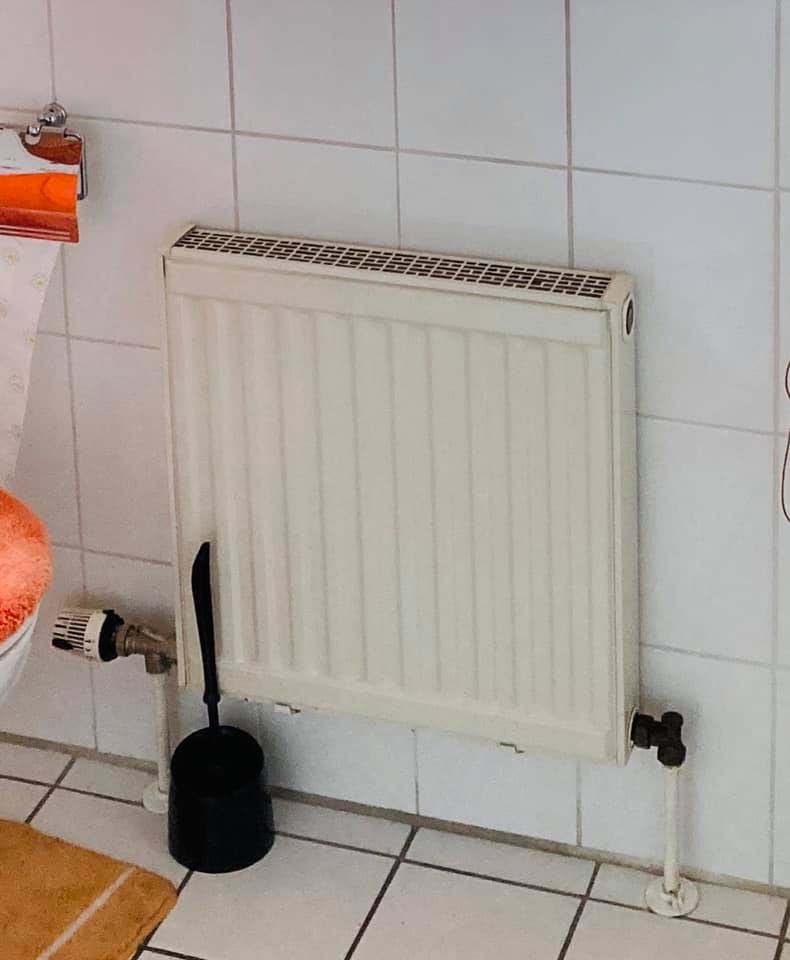
Before
- The old heating system was getting a bit long in the tooth. Time for a change!
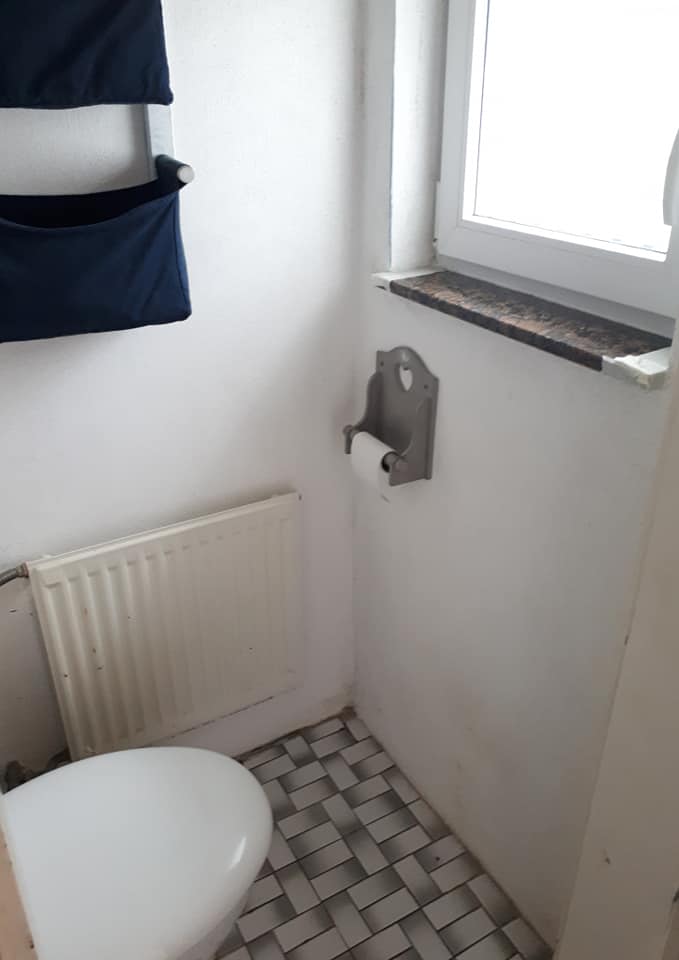
Before
- Minor wear and rust spots showed the age of this radiator.

After
- Now it presents itself in a new coat of matt grey.
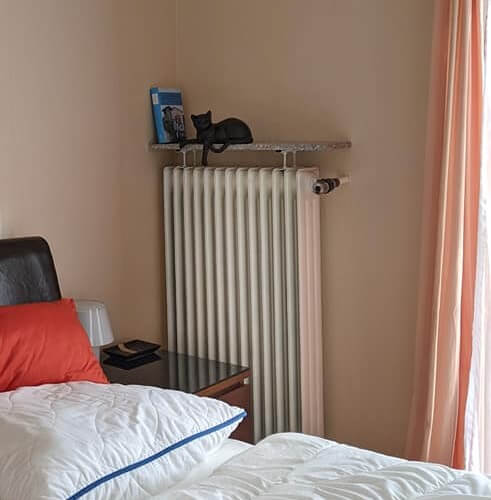
Before
- The heating next to the bed didn't really seem cosy.
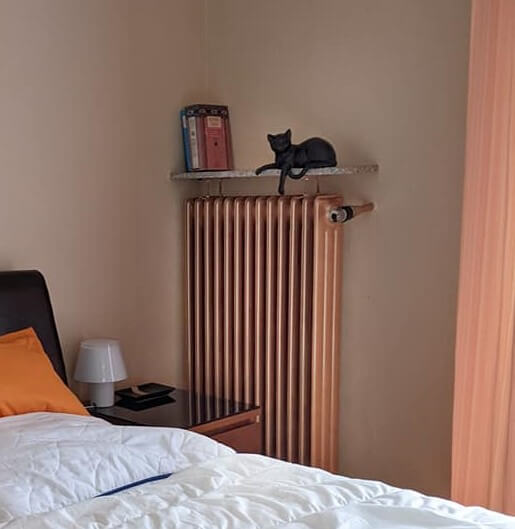
After
- Now it has become a new style element!
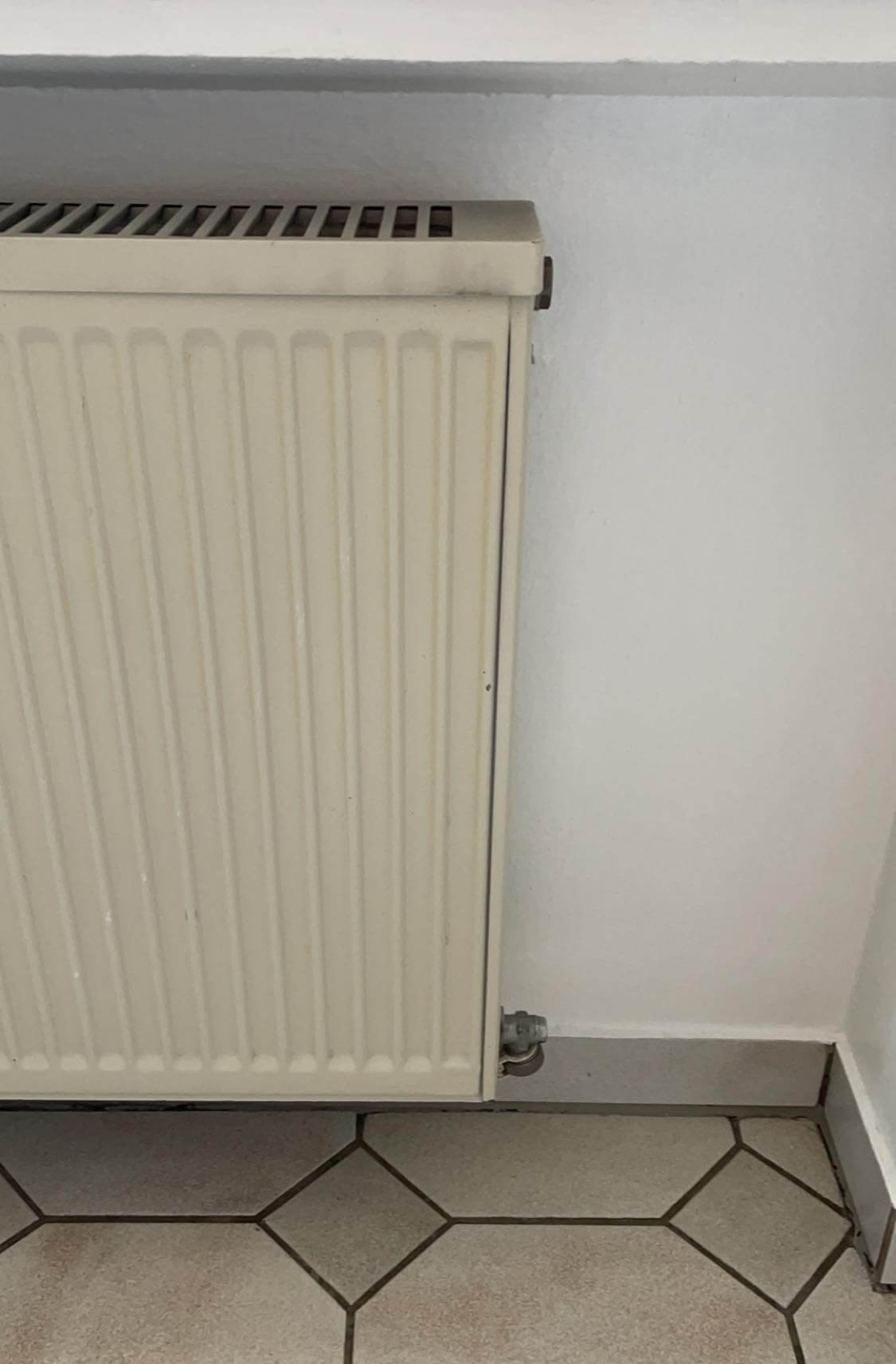
Before
- The ravages of time have left clear traces here. Replace? No, repaint!
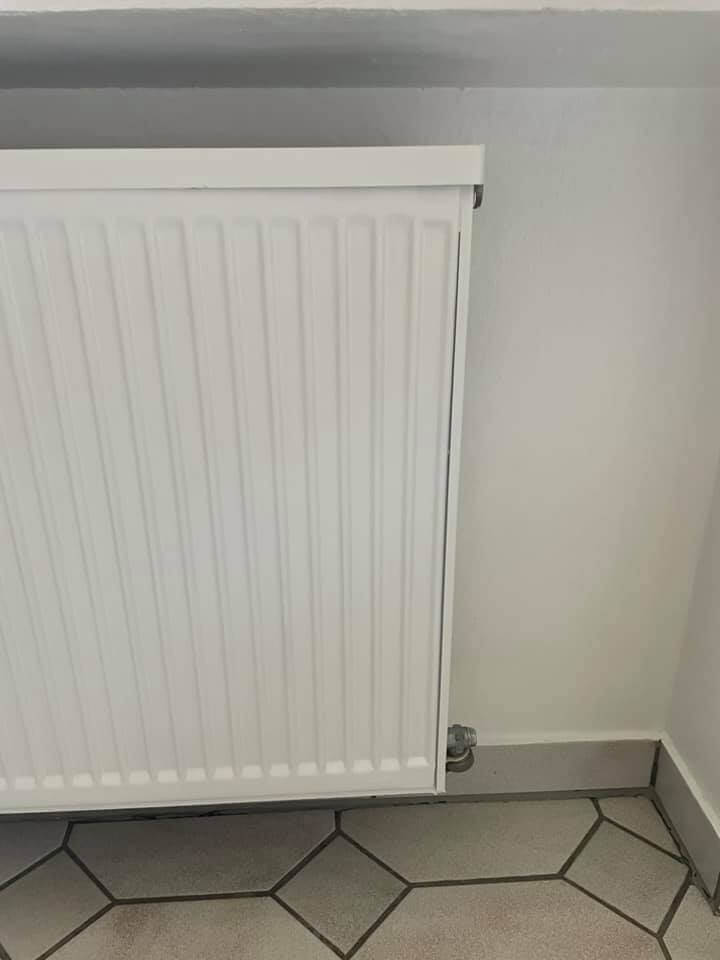
After
- A great before/after effect. Like new!
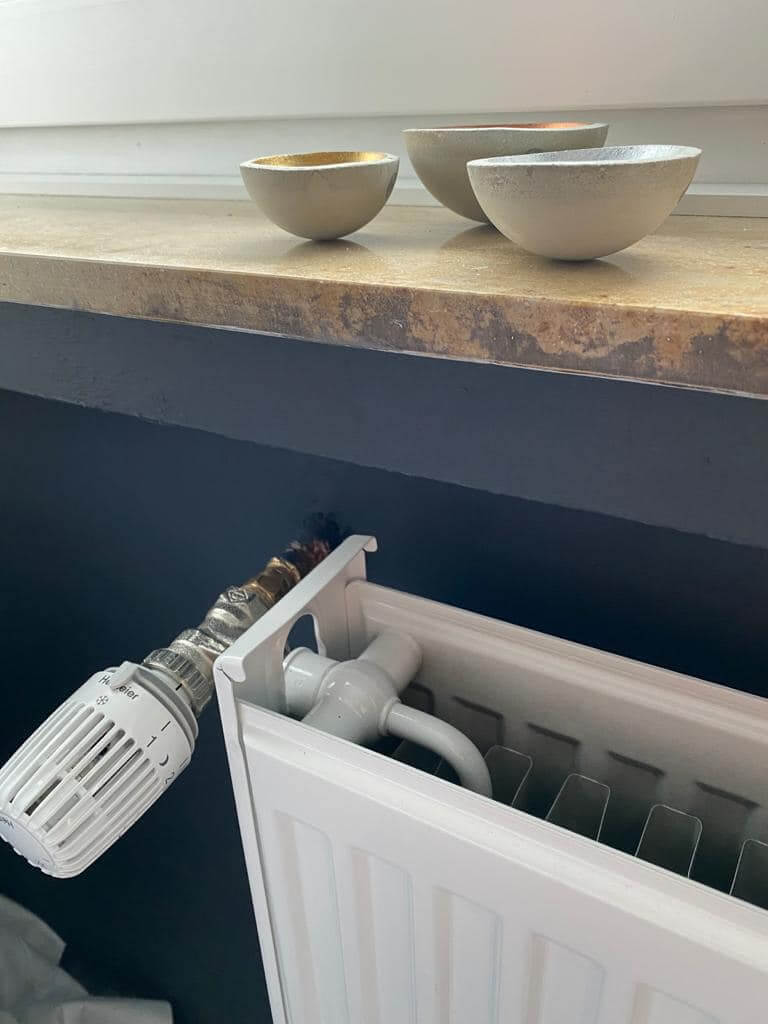
Before
- The standard radiator didn't really want to fit the style of the room.
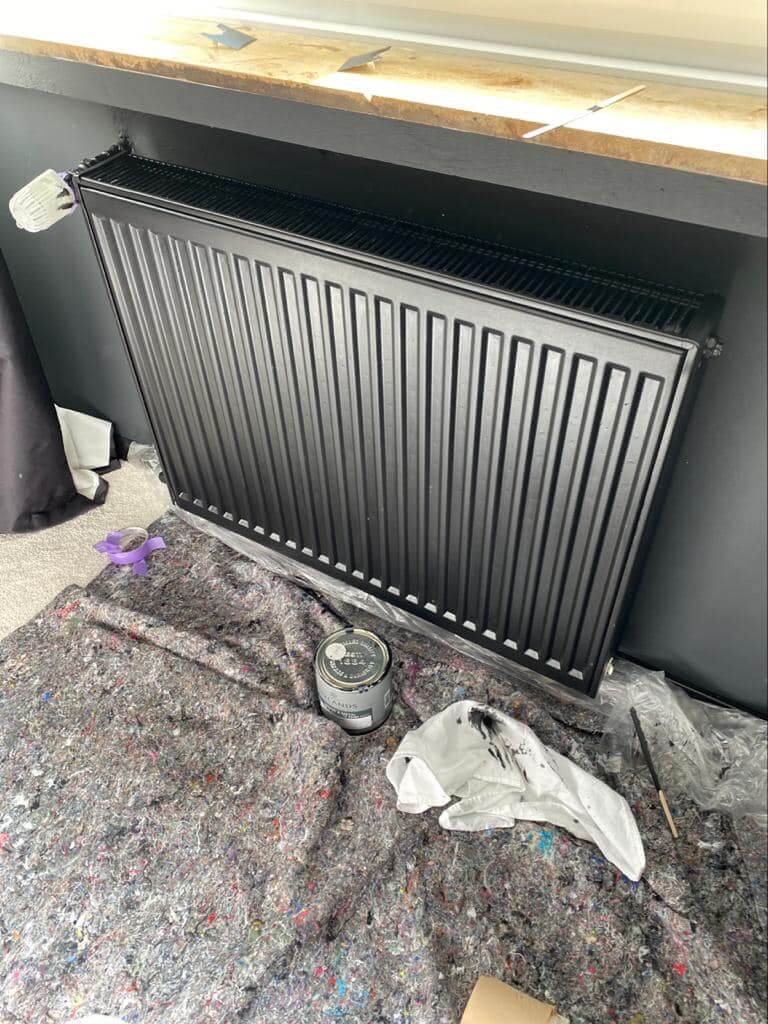
After
- Now it looks noble and blends in much better.
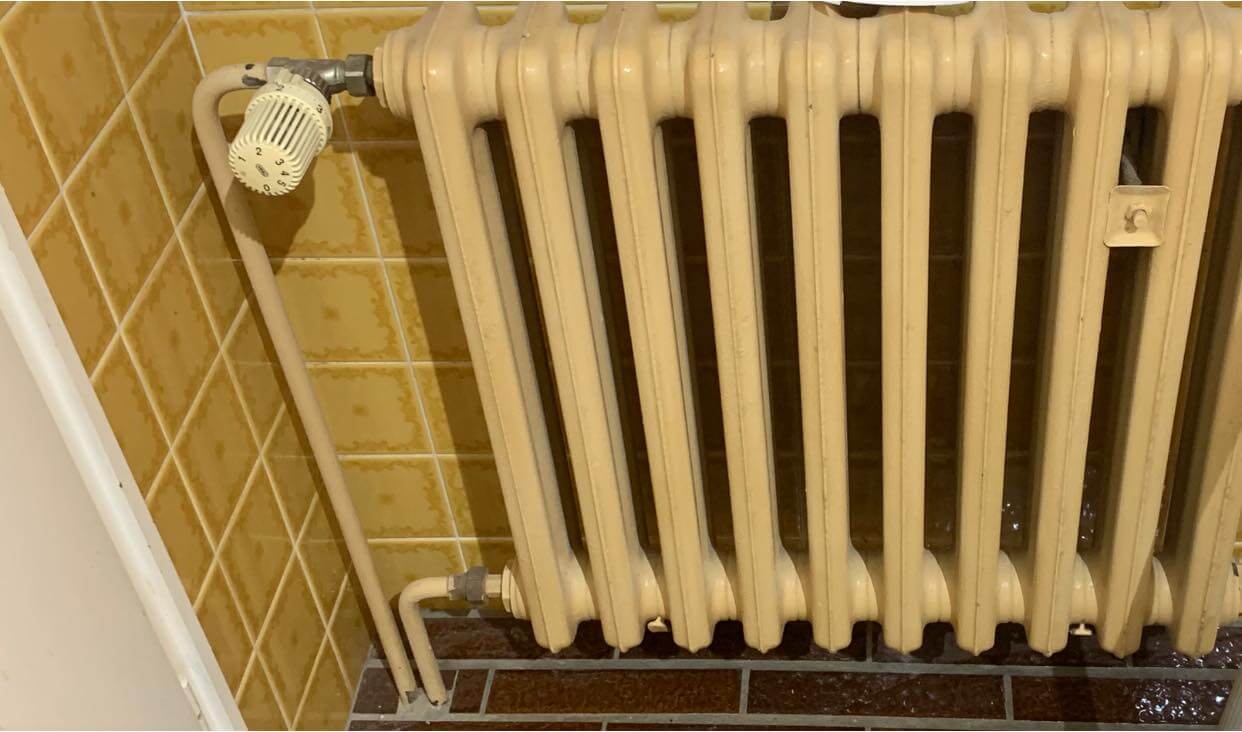
Before
- The old heating system was really no beauty.
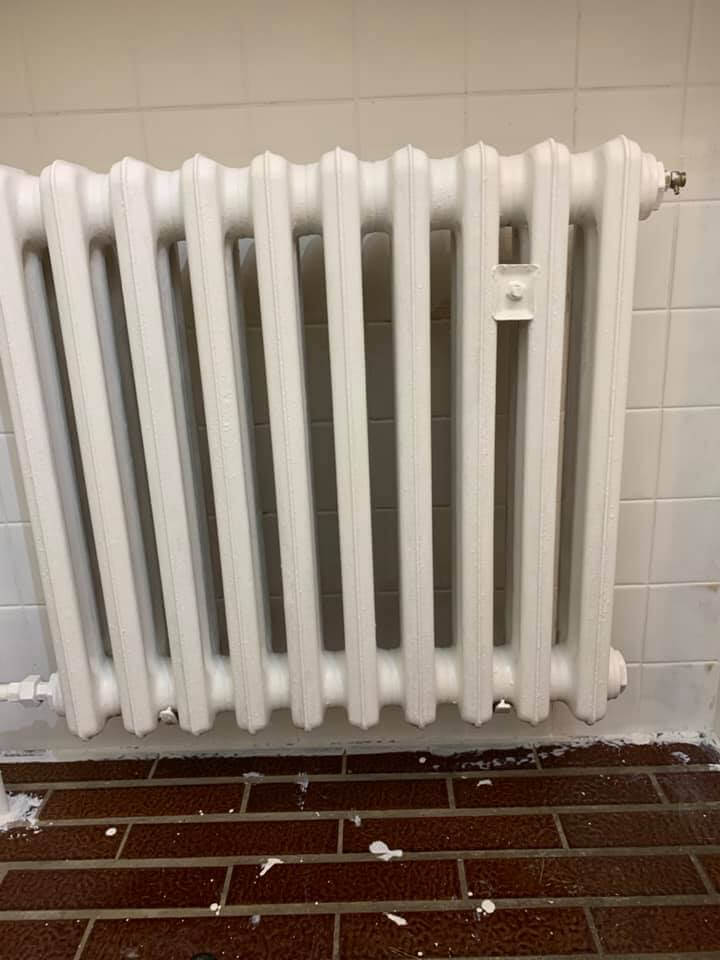
After
- With a little patience, a great transformation was achieved with this ribbed radiator!
Preparation: How to choose the right colour
Varnishing or painting a radiator is easy and can be done without any special radiator paint. You can use all our colours for painting, whether varnishes or wall paints.
Which colour shade do I use for the radiator?
To choose the right colour shade, you should consider the visual effect you want your radiator to have. With white and, above all, matt colour shades, you can make it look discreet. If you paint it in the same colour shade as the walls, it will blend in visually.
If you want it to be an eye-catcher, you can paint your radiator black. In this way, you not only show your courage for colour, but also achieve an elegant effect with red or golden decorations.
If you want to repaint your radiator, you can choose from all our products.
If you want to "paint away" the radiator, i.e. make it disappear visually, or if you are in the process of giving your walls a new coat of paint anyway, then use the same product for both projects. We recommend our wall paint MissPompadour - The Functional Wall Paint.
Otherwise, MissPompadour Eggshell Varnishes are ideal for giving radiators a new look. These are alkyd resin paints and therefore highly stable. Especially for heat sources located in the bathroom, you should rather use smooth varnishes, as there is a high humidity in this room and a particularly durable radiator varnish is needed. In addition, you can then simply wipe over them with a damp cloth. However, since the varnishes do not tolerate standing moisture, we advise against hanging towels on painted radiators.
If you have already painted the tiles behind the radiator with a varnish from our Eggshell Varnish range, you will get the same gloss level on the radiator.
The following three colour shades are great inspiration for repainting your radiator:
- Black colours & varnishes are particularly suitable if the background is already in dark colour shades.
- Turquoise colours & v arnishes are a modern eye-catcher, e.g. for your living room.
- Red colours & v arnishes can be used in your bathroom. You will be amazed how much wellness energy a red radiator brings into your bathroom.
Which gloss level should I use?
With a matt varnish quality you achieve a noble effect on radiators. The surface structure of the matt varnishes is similar to that of wall paint and hardly reflects any light. Our MissPompadour Matt Varnish is a matt and durable acrylic varnish.
If the radiator is to stand out as a style element, a satin matt varnish can be used, for example our MissPompadour Eggshell Varnish.
Do I also have to paint the heating pipes and behind the heater?
With MissPompadour, everything is possible, nothing is compulsory. Of course you can also paint the heating pipes. The procedure is the same as for painting the radiator. Just pay attention to the temperature the pipes reach. You can use any of our varnishes up to 80°C.
You can also paint the wall behind the radiator if you can reach it easily. In principle, it is not necessary.
Painting radiators professionally: Instructions from MissPompadour
If you want to get an idea of how repainting radiators actually works, watch our video on how to do it:
Yellowed radiators are not very attractive, but replacing them is often out of the question. Luckily, you can paint your old radiators instead.
Painting radiators is very easy. It's best to paint your radiator in the warm season, as it needs to be cold during the painting process. Dust and dirt often collect behind radiators, so integrate painting into a little spring cleaning.
Step 1: Rough cleaning
Start by removing dirt and dust with a duster or feather duster - also between the heating rods or ribs of the radiator.
Step 2: Cleaning
Once the coarsest dirt has been removed, the To Clean - MissPompadour cleaner is used. It creates a grease-free and clean surface, which is a perfect basis for every coat of paint
Step 3: Remove rust
If you find rust stains during cleaning, remove them with the To Sand - MissPompadour Sanding Pad or with a fine-grained sandpaper. Loose rust particles must be removed in any case before painting.
Even if varnish has flaked off, you should sand the paint off your radiator in the relevant places.
Then apply a coat of To Block - MissPompadour Stainblock as a primer. The primer must now dry thoroughly for approx. 4 hours.
If the old varnish is completely intact and free of rust, priming is not absolutely necessary, but still serves to improve adhesion.
Professional tip: Like the sealant, the primer should always be applied very thinly.
Step 4: Paint radiators
Now you can repaint the radiator. When it is dry and cold, start painting. You usually need 2 to 3 coats. Allow about 4 hours for the paint to dry between each coat. If you are painting in winter, it is best to wait 10 days before heating it up again. Furniture that is placed at a distance from the radiator can be moved back after 2 days. If a piece of furniture touches the radiator, it is best to wait 10 days.
Professional tip: It is better to start with less paint so that no paint noses or runs form and the paint does not drip from the cover into the radiator.
FAQ: Frequently Asked Questions about Painting Radiators
If you want to paint your radiator, you will probably have many questions. We have compiled the most important ones below.
Should I paint or spray the radiator?
Whether you paint or spray is up to you. To Paint you have more control over the paint and less work before and after. However, if you have a heater with ribs and different shapes, you can get into all the corners better when spraying.
Remember that when spraying, the surroundings must be well covered.
What is the best way to paint ribbed radiators?
If you want to paint ribbed radiators, a special challenge awaits you, as the interior areas are difficult to reach. But with us, no one has to despair - paint them anyway! Get a stool ready, take various brushes and rollers and turn on some good music or a radio play. With relaxation and a good mood, even the most difficult surfaces will come easily. Don't take on too much at once so as not to become disgruntled. You can calmly paint with pauses.
If you do lose patience, remember: you don't have to paint what no one can see.
Can I paint radiators with normal varnish?
To paint the radiators you can use both wall paints and varnishes. The advantage of varnishes is that you can clean painted surfaces with a damp cloth and the varnish lasts longer in rooms with high humidity, such as bathrooms.
Can I paint the radiator when it is still warm?
The radiator must be cold and out of order when you paint it. Since primer and paint always need a few hours to dry, you should paint at a time of year when you can do without the heat of the radiator.
How heat-resistant is radiator paint?
When the paint has dried thoroughly, the radiator can be put back into operation. The temperature fluctuations on the surface do not harm the varnish, as it behaves elastically. All our varnishes and paints can withstand temperatures up to 80°C without any problems.
Does the radiator give off less heat after painting - especially with the blocker?
No, the functionality of the radiator remains the same.
When can I paint my heater?
As described above, you should varnish the heating at a time of year when you can leave the radiator switched off for several days.
Material and accessories for painting radiators
- Brush : The To Paint - MissPompadour brush in 100 mm width is perfect for painting full-surface radiators. For ribbed radiators you can use the narrow To Paint - MissPompadour brush in 25mm width.
- varnish roller: You can also use our 100 mm varnish roller for water-based varnishes - but it is more difficult to reach corners and edges.
- paint tray: To make it easier to pick up the varnish with the roller or brush, we recommend that you put it in our paint tray, for example. This also prevents contamination of the original can.
- To Mask and protect the surface, use tarpaulins, cardboard and our adhesive tapes. You can find all this in our painting tools.

